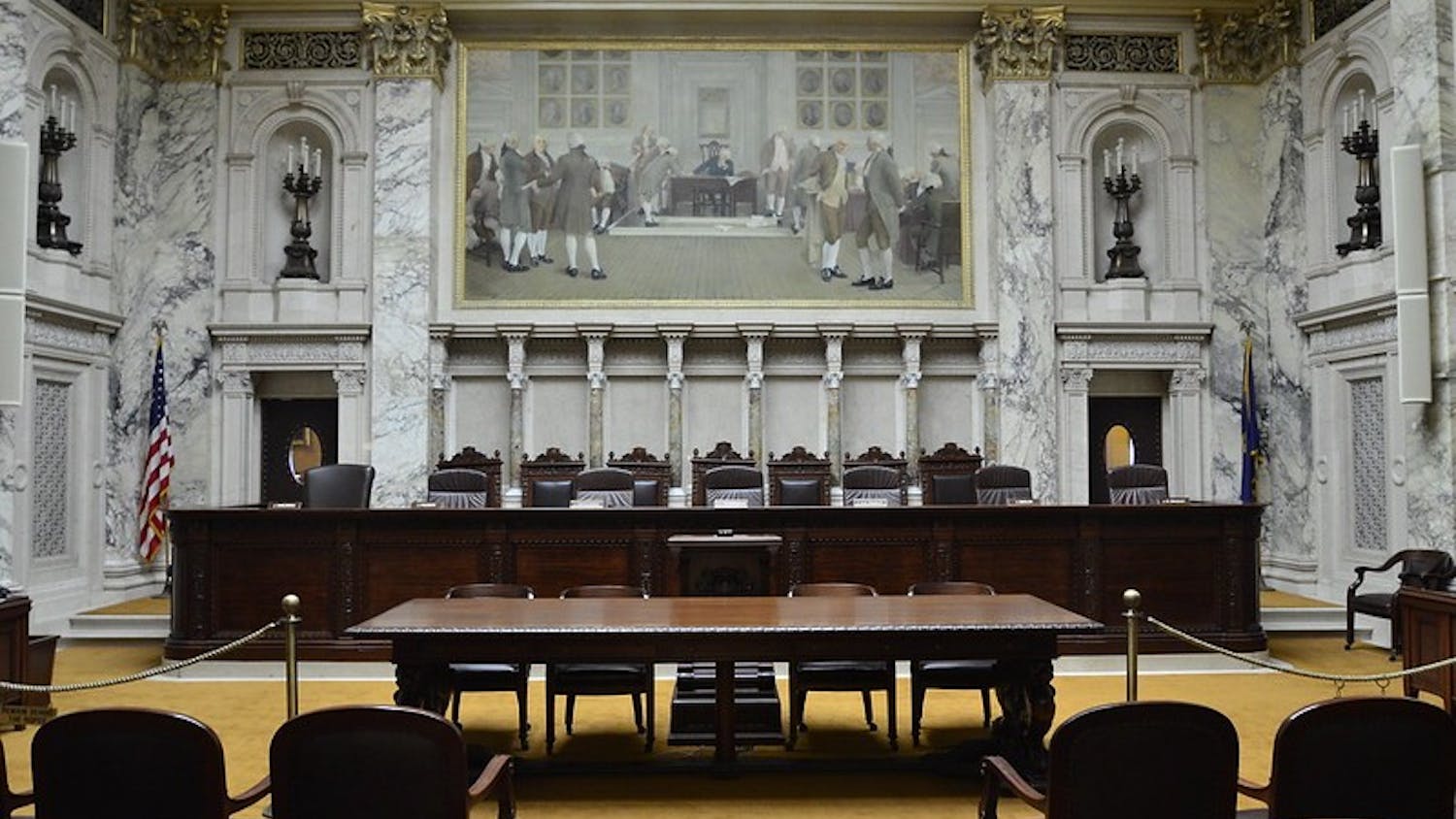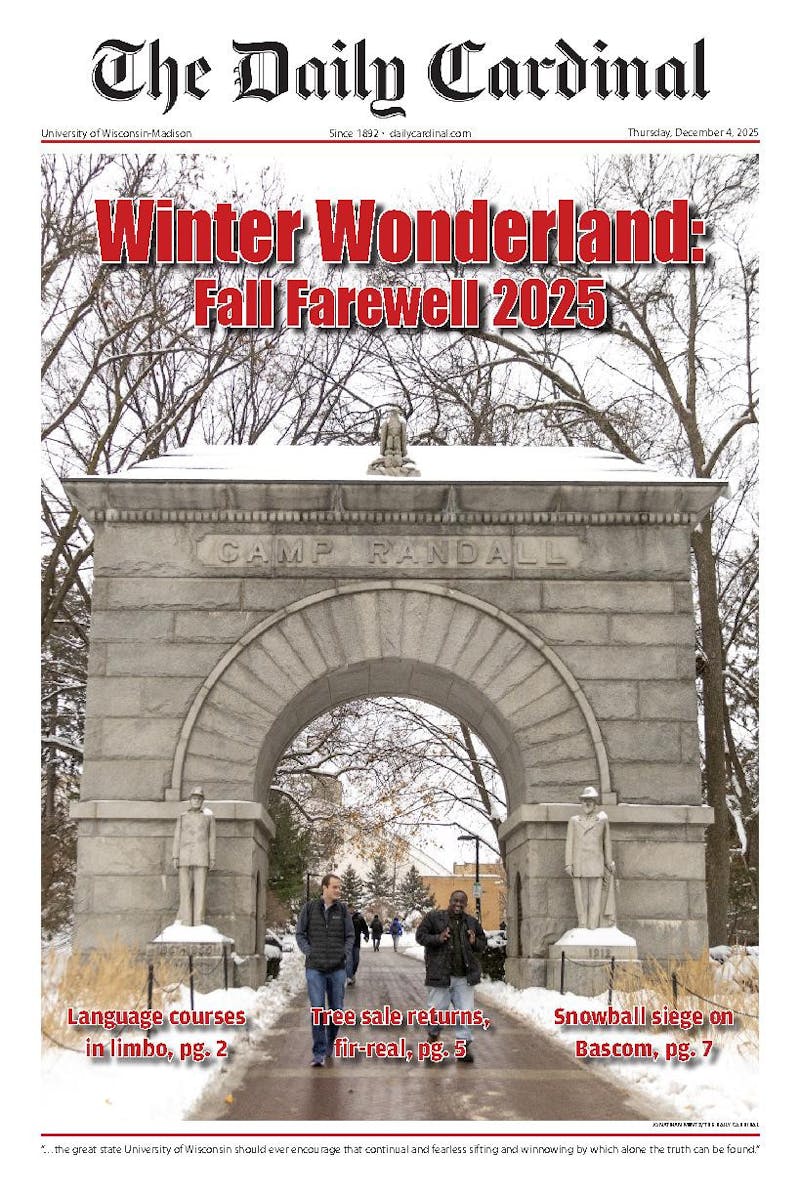Serial sniper suspect John Allen Muhammad proclaimed his innocence Tuesday at the start of his murder trial, then sat silently as lawyers began selecting a jury that could put him to death.
Muhammad was led into the courtroom under heavy protection nearly a year after he and teenage co-defendant Lee Boyd Malvo were arrested and charged in the three-week spree of long-range rifle fire that mortally wounded 10 people in the Washington, D.C. area.
Muhammad's appearance was followed by a painstaking, day-long effort to select a panel of 12 jurors and three alternates from a pool of 123 Virginia Beach residents. Under questioning by the judge and trial lawyers, more than a third of the jury candidates expressed their concerns that they would suffer personal or financial hardships if they served on a six-week murder case.
By day's end, Prince William County Circuit Court Judge LeRoy F. Millette, Jr. had excused 51 jury candidates. Prosecutors indicated optimism that opening arguments might start by Thursday.
The Supreme Court agreed to consider whether public schools violate the Constitution by having students recite the Pledge of Allegiance in classes due to the phrase, \one Nation under God.""
The Court announced Tuesday that they added the controversial subject to the docket for its new term. The case was originally brought forward by an atheist, Michael Newdow, who has represented himself in the litigation. Newdow said he did not not want his daughter reciting the pledge in her elementary school classroom in California.
The Federal District Court in Sacramento dismissed the lawsuit. The Ninth Circuit Court then overturned that decision, ruling in June 2002 that the pledge was unconstitutional. Earlier this year the court amended that decision, confining it to the public school context.
Justice Antonin Scalia made the decision not to participate in the case. Newdow asked that Scalia be dismissed from the case last month due to a speech Scalia made at ""Religious Freedom Day.""
Satellite photos monitored by UW-Madison scientists confirmed Tuesday that a gargantuan iceberg has split in two near Antarctica.
Iceberg B-15A, near Ross Island, is 100 miles long and originally broke off of the Ross Ice Shelf in 2000. Since then, the mountain of ice has been confining sea ice near McMurdo Station, a major U.S. research center on the continent, causing a buildup that has proven more and more detrimental to shipping in the region.
The latest split may either ease these problems or cause even more, according to Matthew Lazzara, a meteorologist at UW-Madison's Space Science and Engineering Center.
""It will be interesting to see if [the iceberg] goes away and creates fewer problems or makes it even worse,"" said Lazzara.
Lazzara hopes that research on the latest split will shed light on iceberg behavior.
The National Science Foundation announced Tuesday that it will fund the establishment of a multi-university center that will research plasma, a possible future source of renewable fusion energy.
UW-Madison will lead the center, which will receive a $11.25 million grant from the NSF. Physicists in the lab and astrophysicists studying the cosmos will join in studying the plasma, gas which is extremely hot and electrically charged.
The UW is expected to receive a combined $37 million for the project over the next five years.





